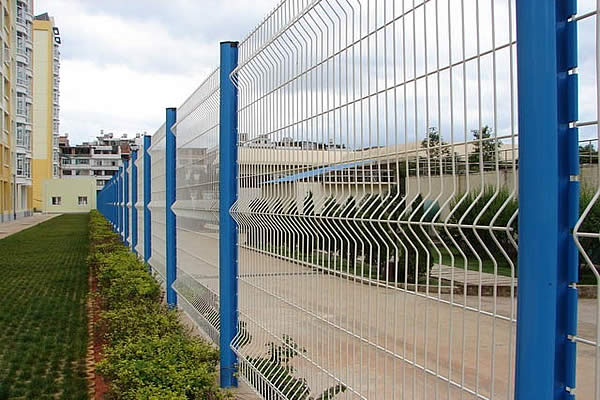 TEL:
+86-13102802206
TEL:
+86-13102802206
 Email:
fencenetting@china.com
Email:
fencenetting@china.com
 Language
Language
 TEL:
+86-13102802206
TEL:
+86-13102802206
 Email:
fencenetting@china.com
Email:
fencenetting@china.com
 Language
Language


Understanding 1x19 Wire Its Features and Applications
When it comes to wire configurations in the world of cables and materials, the 1x19 wire stands out due to its unique structural design and performance characteristics. Commonly used in various industrial applications, this wire type combines strength, flexibility, and resistance to fatigue, making it an essential choice for many engineering applications.
What is 1x19 Wire?
The designation 1x19 indicates a specific construction used in wire rope design. The 1 refers to the number of strands involved in the wire rope, while 19 signifies that there are 19 individual wires twisted together to form that single strand. This configuration offers a high degree of strength and resilience, which is essential for applications requiring durability and reliability.
The term 20 in the title can refer to the wire's diameter or gauge. The specification may vary based on industry standards, geographical locations, or specific user requirements. Thus, understanding the context and intended use of the wire is crucial for ensuring it meets the necessary criteria for performance.
Key Characteristics
1. Strength The 1x19 construction provides exceptional tensile strength. With 19 wires in a single strand, the ability to distribute loads evenly across the wire enhances its performance, making it suitable for heavy-duty applications.
2. Flexibility While strength is paramount, flexibility is equally vital. The design of the 1x19 wire allows it to bend and maneuver around various angles without compromising its structural integrity. This feature is particularly important in applications where the cable must traverse complex pathways or tight spaces.
3. Fatigue Resistance The intricate twisting of the 19 wires helps in distributing stress, reducing the chances of wire fatigue. This property is essential in scenarios where the wire experiences repeated load cycles, such as in cranes or hoisting systems.
4. Corrosion Resistance Many 1x19 wires are made from materials treated for corrosion resistance, adding to their longevity and reducing maintenance costs. This quality is vital for applications exposed to harsh environments, such as marine settings or chemical plants.

5. Low Stretch Compared to other wire configurations, the 1x19 wire typically experiences minimal elongation under load, ensuring that it remains taut and effective. This characteristic is particularly beneficial in applications needing precise tension control.
Applications
The versatility of the 1x19 wire makes it suitable for various applications across different industries
1. Marine Applications Its strength and resistance to corrosion make it ideal for mooring lines, slings, and other marine hardware.
2. Construction and Cranes Often used in cranes and lifting equipment, the 1x19 wire handles substantial loads, ensuring safe and efficient lifting operations.
3. Industrial Machinery The wire is commonly employed in winches and hoists, where both strength and flexibility are required to manage heavy materials.
4. Architectural Applications In modern architectural designs, 1x19 wires are used for structural support and safety systems, providing both aesthetic appeal and functionality.
5. Telecommunications With its resistance to fatigue, this wire is used in communication lines, ensuring reliable performance in overhead and underground settings.
Conclusion
The 1x19 wire is a testament to the evolution of wire technology, bringing together a blend of strength, flexibility, and durability. Understanding its specifications and characteristics is essential for engineers and designers looking to implement this wire in various applications. Whether in construction, marine activities, or industrial machinery, the 1x19 wire remains a reliable choice for maintaining operational integrity and safety. As industries continue to innovate and expand, the importance of such versatile materials cannot be overstated, and the role of 1x19 wire will undoubtedly continue to grow.